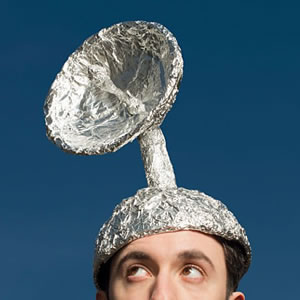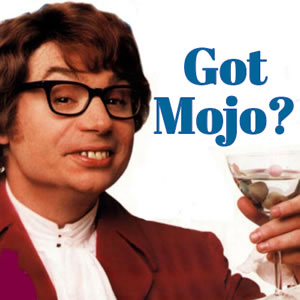As I pack my bags for my travel writing gigs, I realize my DSLR camera is one of the most important things I can bring along.
Your camera selection has a big impact on your travel writing career. I vividly remember the convergence of events that finally forced me to graduate from my trusty point-and-shoot to a DSLR (digital single lens reflex) camera.
I’d been using my point-and-shoot for a few years, but only about 10% – 20% of my images were publishable—and that was on a good day!
Many of my photos were blurry, especially if something was moving – like people, wildlife, or vehicles. And, the images were poorly defined and the colors were dark and washed out. Some images looked bleached out.
When I used a point-and-shoot, my strategy was simply to take dozens of photos of everything, in the blind hope that a few would be suitable for publication.
Some usually came out okay – good enough for magazine editors to use. But winging it like this always concerned me. I worried that one day I would not have any decent images to offer an editor, and I that would lose the story.
In the back of my mind, I always had this niggling doubt that my images were not so good. I knew they were definitely not professional quality.
I had my ‘aha’ camera moment on a press trip to Alaska.
I was on an Alaskan Marine Highway Ferry when the captain announced that a photogenic island, complete with lighthouse, was coming up on our starboard side. I—and dozens of other passengers—rushed outside onto the deck, lined up, drew our cameras like a bad western movie, and started shooting.
The small lens on my point-and-shoot was not up to the task and I could not bring the lighthouse close up, nor could I get it into proper focus.
But what was infinitely worse was that every one of the dozens of passengers around me — from 12-year-old girls to grandmothers — ALL had DSLR cameras, and were happily clicking away.
I was the only travel writer on the ship, and I had the worst camera! Time to upgrade.
Interestingly, soon after I purchased my DSLR camera, three magazine editors mentioned the improved quality of my photos. And, I was now able to submit 80% – 90% of my photos because their quality was so much better. Hallelujah!
If you’re serious about breaking into travel writing, a high quality camera is a necessity.
Here’s some more detailed advice on the how, why, what, where & when of travel photography. This post tells you everything you need to know to get started about selling photographs with your articles – with links about how to choose the best camera for your travels as a writer, whether it’s a point and shoot, a mirrorless camera or a dSLR.





